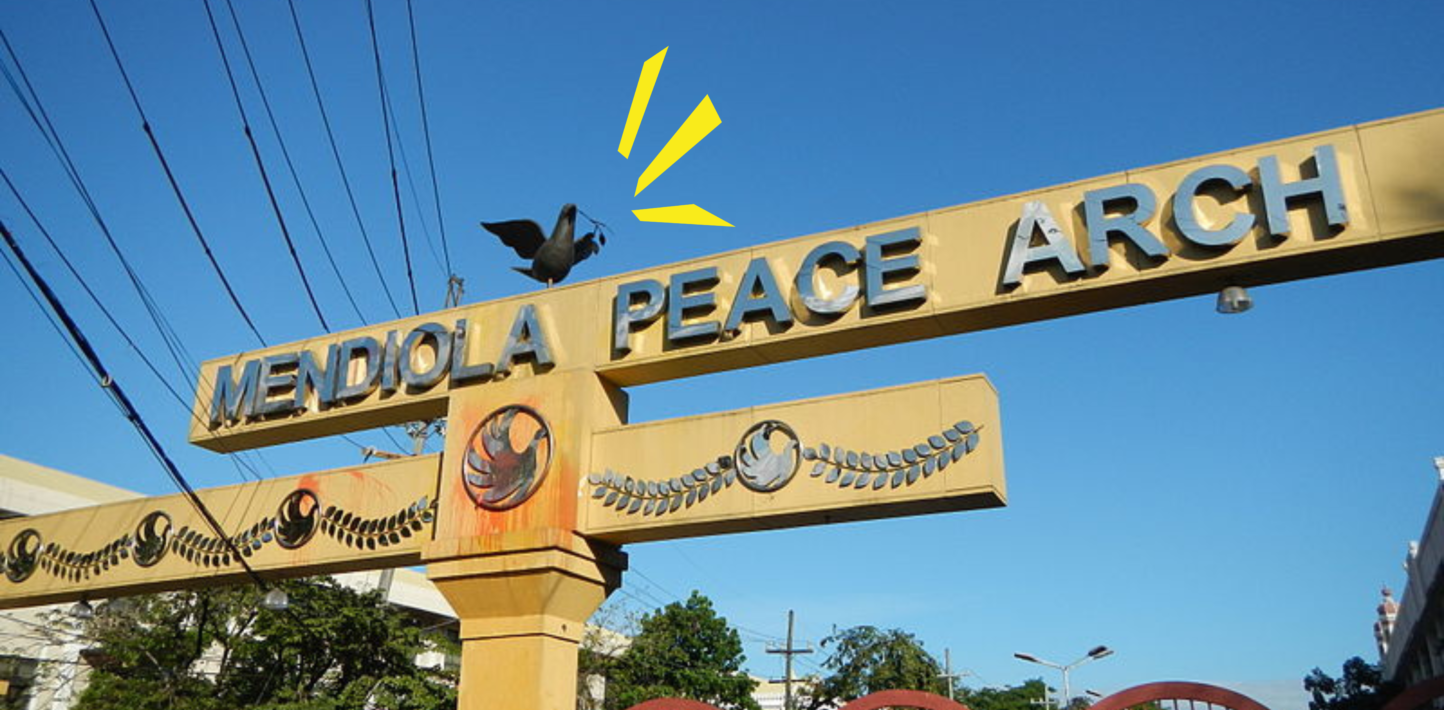When Aquino assumed power, farmers were initially hopeful that their cause would finally be won but as time wore on and no progress was made, they grew discontent. On 15 January 1987, farmers from Kilusang Magbubukid sa Pilipinas camped outside of the Ministry of Agrarian Reform with three demands: give lands to farmers for free; zero retention of land by landlords; and stop amortization of land payments. They met with MAR officials including the Minister himself, but they were unsatisfied that all they were offered was for the issue to be brought up to the President in a Cabinet meeting or to wait for the ratification of the 1987 Constitution. After a few days camped outside the building, and one day when they barricaded the building not allowing employees in to work, they marched to Mendiola. 32
They were joined by other organizations such as Kilusang Mayo Uno, Bagong Alyansa Makabayan, the League of Filipino Students, and Kongreso ng Pagkakaisa ng Maralitang Lungsod. By the time they reached Mendiola Bridge the protestors numbered close to 10,000 to 15,000. However, they were met by columns of police and military officer armed with truncheons, shields, and even M-16s. When violence broke out, security officials fired at the protestors – there is even video of them firing into a retreating crowd – and at least 12 people died with some accounts citing 13 deaths. 39 protestors received severe gunshot wounds with 12 to 19 of them reportedly succumbing to their injuries at a later date. No military or police were killed that day. This was refered to as Black Thursday in the media at the time and is today known as the Mendiola Massacre. 33
A few months following that event the Congress for a People’s Agrarian Reform (CPAR) was formed in May of 1987. It was composed of over 200 people representing 70 people’s organizations from the center and left political and ideological spectrum and at the time was the broades coalition to have been organized in the country. They originally were campaigning for their “The People’s Declaration of Agrarian Reform” to be incorporated in an executive order which would have addressed agrarian reform. However, when Aquino deferred to Congress, CPAR continued their campaign. They approached the issue from two fronts: they hosted massive protests, including rallies, demonstrations and pickets while simultaneously working with sympathetic progressive lawmakers to push their preferred version of the agrarian reform bill through. One key move they made was the establishment of a tent city behind the legislative building during the opening of Congress. This was intended to make the presence of farmers and fisherfolk known during the entire legislative process and featured various exhibits, workshops and discussions on the issue of agrarian reform. Eventually, thanks in no small part to CPAR’s efforts, the Comprehensive Agrarian Reform Program was enacted in June 1988. However, by the time the law was passed it bore little resemblance to the bill that was originally filed by sympathetic lawmakers with many of the original sponsors withdrew their support and even voting against the bill. CPAR rejected the law and issued instead the The People’s Agrarian Reform Code which was adopted by a multi-sectoral nationwide conference. 34 35
Historic firsts in the realm of protests was not new to the Philippines by this point. However another first occurred when in 26 June, 1994 Progressive Organization of Gays in the Philippines (ProGayPhilippines) and Metropolitan Community Church (MCC) marched in Quezon City Memorial Circle in honor of the 25th anniversary of the Stonewall Riots which marked the birth of the modern LGBTQIA+ movement. This was the first Pride-related march organized in Asia and the Pacific. While only attended by 50 or so people, the media picked up the story and the organizers were invited onto different talk shows. Two years later the first Metro Manila Pride March was organized by a wider group of LGBTQIA+ organizations. 36 37
February 1986 also wasn’t the last time that Filipinos ousted a president through peaceful means. In January 2001, close to 2 million people assembled once again along EDSA protesting the suspension of the impeachment trial against President Joseph Estrada. Allegations of widespread and immense corruption first emerged in October 2000 since then an impeachment trial was underway and calls for Estrada’s resignation came forth. When Senate voted against opening a sealed envelope containing potentially incriminating evidence it prompted several Senators to walk out of the hall in protest and the Senate President to resign. Following that Cardinal Sin called to people to assemble on EDSA and within a day there were 100,000 people on the streets. 38 39
Over the next two days the number of protesters grew until reached the estimated 2 million. The police and military joined the protesters meaning that there would be no violent dispersals. Shortly after several thousand protestors marched on Malacañan, the Supreme Court declared the position of President as vacant. Gloria Macapagal-Arroyo was sworn in as President shortly thereafter. This week or so of protests came to be known as EDSA II or EDSA Dos. It is also significantly different from the original EDSA protest as it wasn’t instigated by the military but instead was the result of people urging their friends and family to come and take a stand over texts and calls. On one day of the protest a whopping 70 million texts were sent – close to 40 million more than the average. People were spreading the word, convincing their loved ones that they needed to take to the streets.40 41
Throughout history, protest has been a powerful tool for change. But governments around the world are cracking down on protests and it must be protected.
Protect the protest
Add your voice to our global call to protect the protest and join our campaign today.


